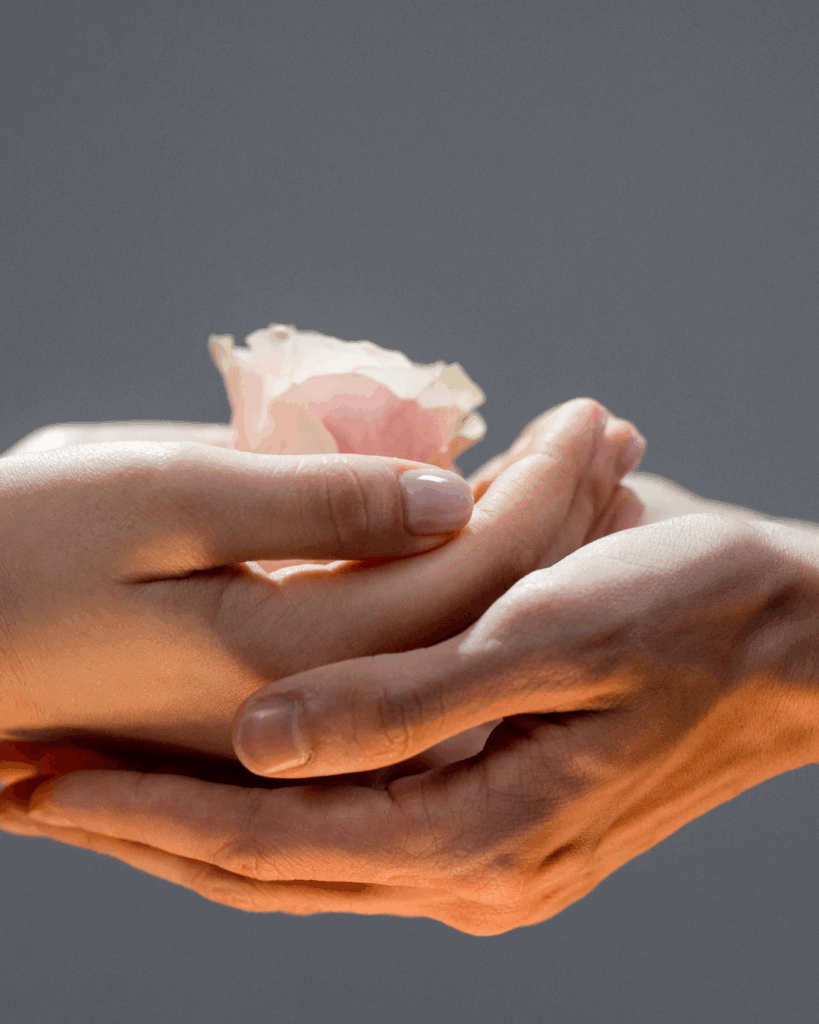Loving someone who is a survivor of childhood sexual abuse (CSA) can be deeply meaningful and at times, complex. Survivors often carry invisible wounds that may impact how they relate to intimacy, trust, communication, and autonomy. If you’re in a relationship with a survivor, one of the most supportive and healing things you can do for them and for yourself is to learn how to set and honour boundaries together.
This isn’t about creating distance. It’s about fostering safety, clarity, and respect essentials in any healthy relationship, and especially vital when navigating trauma.
What Are Boundaries, and Why Do They Matter?
Boundaries are the emotional, physical, mental, and sexual limits that define what feels safe and respectful to each person. For survivors of CSA, boundary violations in early life may make it harder to feel secure asserting limits or recognizing what’s okay and what’s not.
Partners who model healthy boundaries help re-establish a survivor’s sense of agency and trust. Boundaries aren’t walls—they’re agreements. And they benefit both people in the relationship.
How Partners Can Support Healthy Boundaries
1. Communicate Openly and Gently
Conversations about boundaries can feel vulnerable. Approach them with compassion and patience. Ask questions like:
- “What helps you feel safe when we’re talking about something hard?”
- “Is there anything you’d like me to know about your needs around intimacy?”
- “How can I check in with you in a way that feels respectful?”
2. Respect Consent in All Areas
Survivors may have different comfort levels with touch, closeness, or even certain types of conversations. Always ask before engaging in physical affection. Yes, even with something as simple as a hug or holding hands. Respecting a “no” without guilt-tripping or pulling away emotionally is crucial.
3. Set Your Own Boundaries Too
Your needs matter, too. It’s okay to express when you’re overwhelmed, hurt, or confused. For example:
- “I want to support you, and I also need to take a break to recharge.”
- “I’m here for you, but I’m not a therapist—I want to help you find support that feels right.”
Being clear and kind about your own limits helps build mutual respect.
4. Avoid “Fixing” or Pushing
It’s natural to want to help someone you love, but healing isn’t something you can rush or solve. Let go of the pressure to “fix” anything. Focus on being present and consistent, not perfect.
5. Create Rituals of Safety
Build in moments of connection that foster safety: a daily check-in, a grounding activity you do together, or simply a ritual of asking, “Is now a good time to talk about something important?”
Healing Is a Shared Journey
Loving a CSA survivor means understanding that trauma may resurface unexpectedly. Boundaries allow both partners to feel seen, heard, and held—not just during the good times, but when things feel heavy, too.
By respecting each other’s needs, slowing down when things feel tender, and approaching each conversation with empathy, you’re helping create a relationship rooted in safety and care.
You’re not alone in navigating this. Whether you’re a survivor or a partner, seeking support through therapy, support groups, or trauma-informed resources can make all the difference.
Here is a tool to help you define your boundaries

